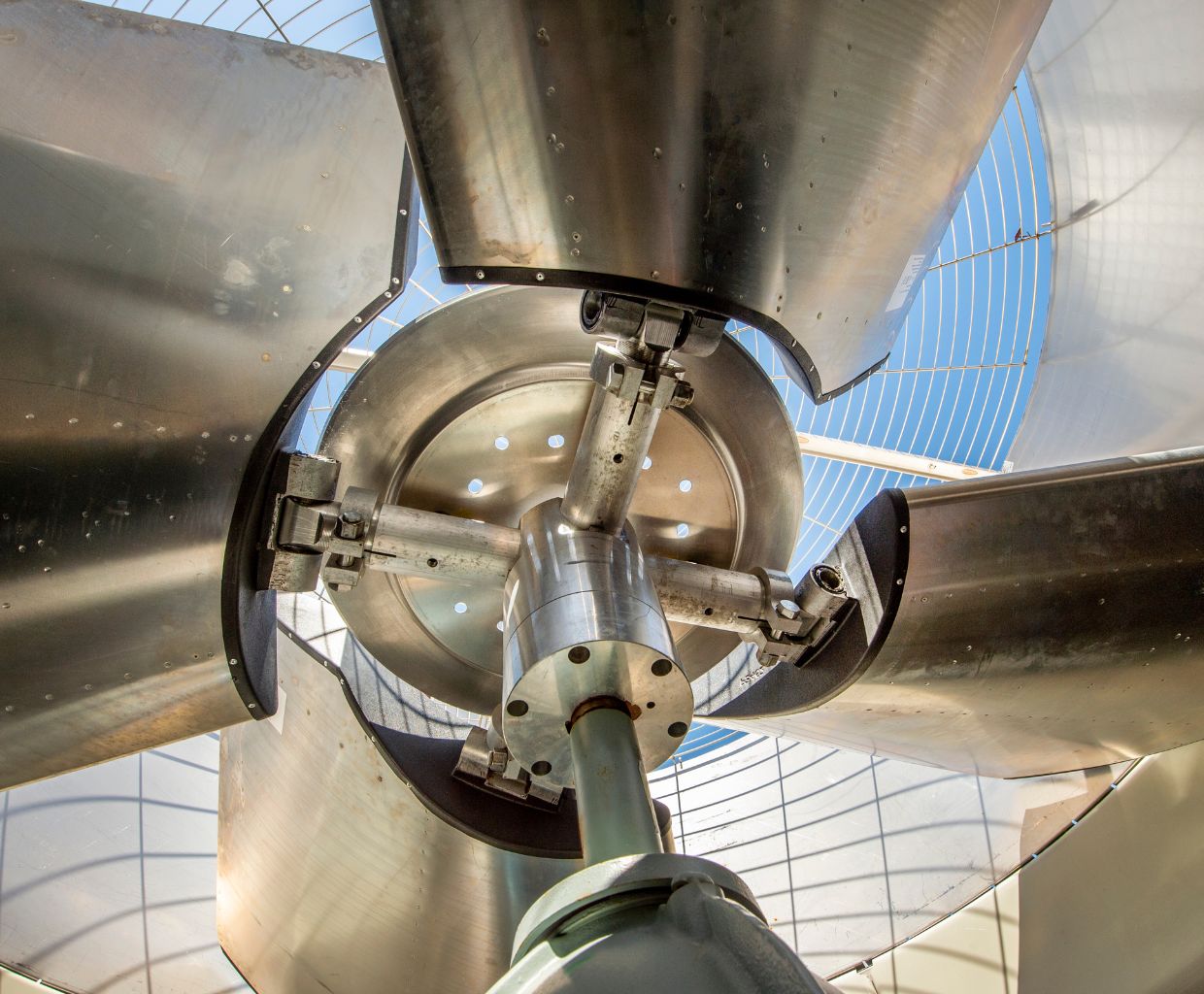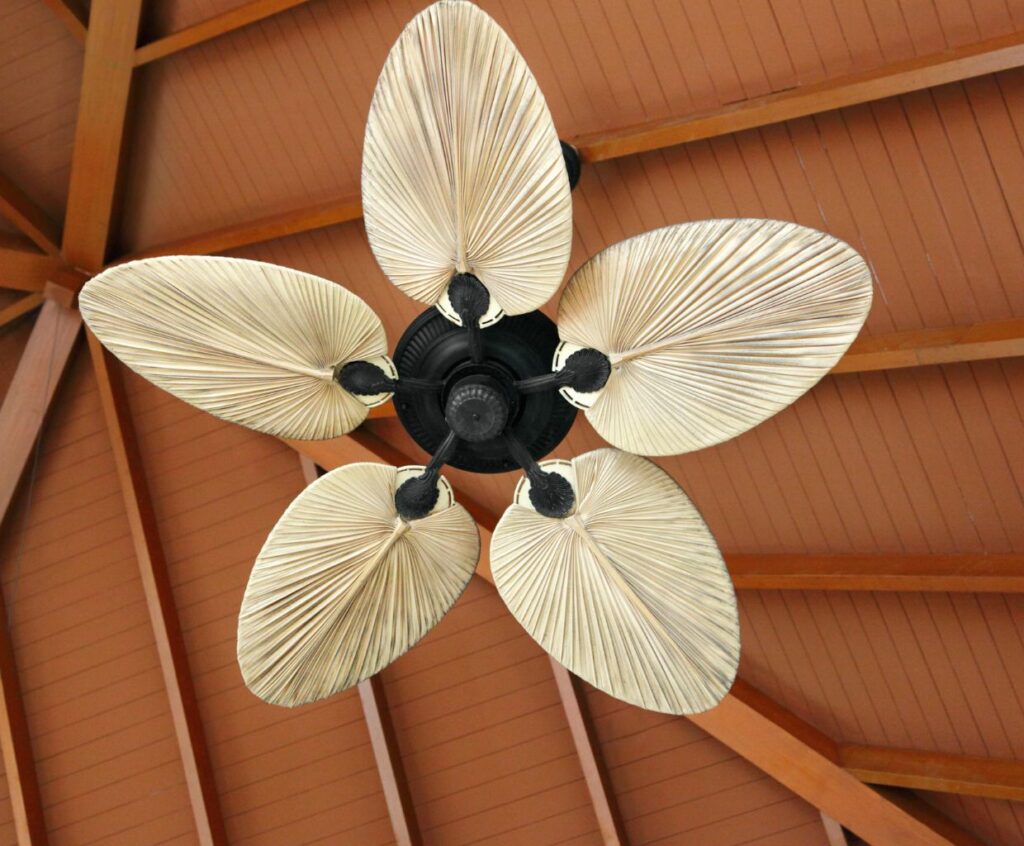Ceiling Fan Motor Types And How To Select The Right One For Your Room Type
Ceiling fans are a great way to cool off your home and also add an elegant touch to any room. However, it’s important that you pay attention to details when purchasing a ceiling fan motor.
Different motors have different features and will work best with specific types of fans. In this guide we’ll explain what each type of motor does and how they differ from one another so you can make an informed decision when choosing which one suits your needs best!
Contents
- 1 Ceiling Fan Motor Types And How To Select The Right One For Your Room Type
- 1.1 Ceiling fans typically have two types of motors, direct drive and belt drive
- 1.2 Direct-drive motors
- 1.3 Belt-drive motors
- 1.4 The most common type of ceiling fan motor
- 1.5 A major drawback of direct drive motors
- 1.6 Check these items before replacing
- 1.7 Make sure you know your specific ceiling fan motor type before purchasing replacement parts
- 1.8 Ceiling Fan Motor Types – Conclusion
Ceiling fans typically have two types of motors, direct drive and belt drive
A direct-drive motor is the most common type of fan motor. It’s mounted directly to the blade assembly and spins with it as you turn on your ceiling fan. This design makes for a more efficient cooling system because there’s no need for additional gears or pulleys to transfer power from the motor to the blades–the energy goes straight from one point to another without any loss in efficiency along the way.
Direct-drive motors are also easier to repair: if something breaks on your fan, chances are good that all you’ll need is a screwdriver (or possibly just some tape) so that you can fix it yourself without having to call in an electrician or other professional service person who specializes in working with electricity like this!
Direct-drive motors
Direct-drive motors are placed directly on the ceiling fan, like a light fixture. They’re easy to install and maintain and they tend to be less expensive than belt-driven fans. However, they are not as efficient as belt drives; energy efficiency is one of the main reasons people choose to use ceiling fans instead of air conditioners in their homes.
Direct drive motors also tend to be noisier than other types of motors because there’s no vibration dampening from having another piece between them and your ceiling (the motor housing).
Belt-drive motors
Belt-drive motors are hung on chains or cables from the ceiling fan’s motor housing. Belt drives are quieter than direct drives because they use a rubber belt to transfer power from the motor to the fan blades, instead of using metal gears. This makes for an overall smoother operation and helps reduce vibration in your home.
However, this type of motor can be more difficult to repair than a direct drive if something goes wrong with it. You may need to remove the entire assembly if there is damage or wear on your belt, which could involve disassembling parts of your ceiling fan (which could be costly).
Belt drives also tend to cost more than their direct counterparts–but not by much! In fact, many fans have both types available so you have options when deciding which one works best within your budget constraints.
The most common type of ceiling fan motor
The most common type of ceiling fan motor is the direct drive motor. It is also the simplest to install and use because it requires no additional parts beyond what is included with the fan assembly itself.
Direct drive motors are more expensive than belt drive motors, but they are more efficient and durable as well. They can be used in any position, including flush mounting or hanging from chains or cables; however, they cannot be reversed like other types of fans (such as those with belt drives).
A major drawback of direct drive motors
However, there is one major drawback to direct drive motors: they cannot be taken apart for repair or maintenance without damaging them beyond repair. If you can’t fix it, you have to replace it! For example, if your ceiling fan has a direct drive motor and the blades start wobbling or making noise after a couple of years of use (which is common), then you will have no choice but to buy another ceiling fan because repairing this type of motor is impossible.
Direct drive motors are also more expensive than belt drives because they require more parts and labor during manufacturing. In addition, direct-drive fans tend to be less energy efficient than those with belt drives because they don’t allow for any excess movement between components inside the housing–this means that all power from electricity goes directly into moving air around instead of being wasted as heat through friction between bearings and other moving parts within housing walls.”
Check these items before replacing
If your motor does not appear to be working properly, check these items first before deciding that it needs replacing.
- Make sure the power source is on and connected to a working outlet.
- Make sure there are no obstructions blocking your fan blades from turning freely (furniture, rugs, etc.).
- Balance all of the blades by either using an adjustable balancing kit or by removing them one at a time and balancing them against something flat like another blade until they’re all even in weight distribution around their circumference (no wobble).
- Check for loose connections on any wiring that connects with your ceiling fan’s motor housing; tighten them as needed before replacing any components inside those housings themselves if this doesn’t solve your problem! It could also mean something else was damaged during installation so try taking things apart slowly until you find out what needs fixing first–you might even save yourself some money this way!
Make sure you know your specific ceiling fan motor type before purchasing replacement parts
When replacing a ceiling fan motor, you must make sure you have the right replacement part. There are two types of motors: direct drive and belt drive.
Direct-drive motors are replaced by simply removing the old motor and installing a new one. This can be done without taking apart your ceiling fan or removing any other parts of it. A direct-drive motor will have three wires coming out of it (black, white and green) that connect directly to an electrical box at the bottom of each blade in order to power them up when turned on by an outlet switch or remote control unit (RCU).
If there are four wires coming out instead of three on this type of DC motor then there is likely an additional wire from a capacitor mounted nearby which helps regulate voltage fluctuations caused by starting current surges during operation as well as soft start/stop functions during startup so as not damage other components within its application such as capacitors themselves .”
Ceiling Fan Motor Types – Conclusion
With the information above, you should be able to figure out what type of ceiling fan motor is in your home and how to repair it if needed. If this wasn’t enough information for you, we also have articles on how to replace a ceiling fan and how to install a new light fixture that might help out too!



